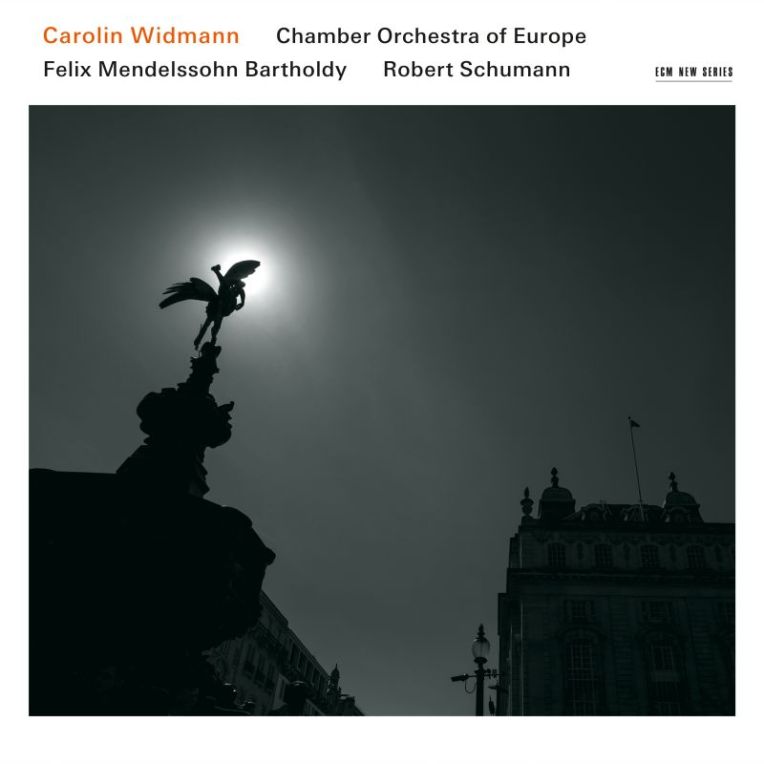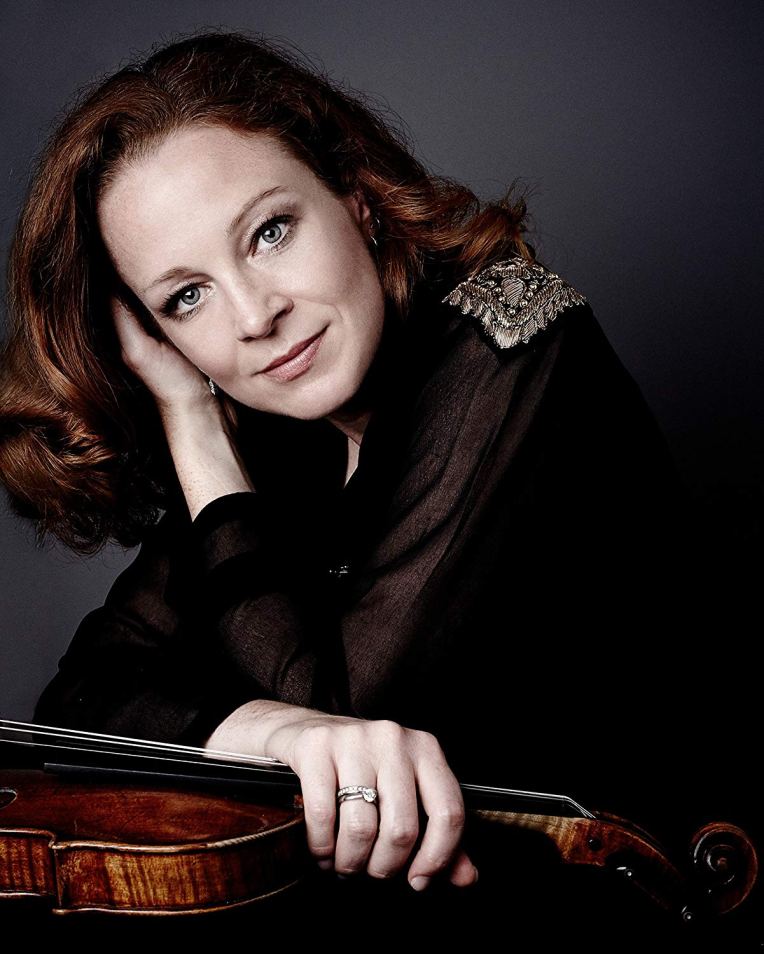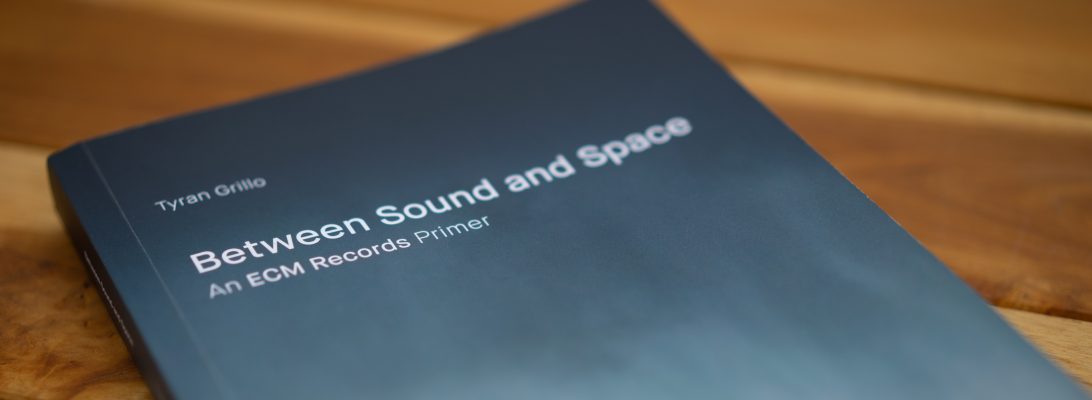
Carolin Widmann
Mendselssohn/Schumann
Carolin Widmann violin, direction
Chamber Orchestra of Europe
Recorded July 2014, Festspielhaus Baden-Baden
Engineer: Rainer Maillard
Produced by Manfred Eicher
Release date: August 26, 2016
Until now, violinist Carolin Widmann has reexamined mostly chamber territories on ECM. For this disc, recorded in 2014 and released two years later, she leads the Chamber Orchestra of Europe as both director and soloist in a program of two marquee-worthy concertos by Felix Mendelssohn Bartholdy and Robert Schumann.
The opening theme of Mendelssohn’s Opus 64, composed in 1844, in addition to being one of the most recognizable in the Romantic violin repertoire, shines from Widmann’s interpretative sun like the dawn. What follows in this monumental movement, marked “Allegro molto appassionato,” is more than fiery sermon of the bow, but a full narrative rich with character development, conflict, and hyperrealism. As Jürg Stenzl writes in his liner notes, Mendelssohn was caught between something of a rock and hard place, unsure of whether to continue in the virtuosic fashion of Paganini or follow the orchestral persuasion of Beethoven. If anything, he struck an unprecedented balance between the two, allowing the soloist to shine while also giving the orchestra something lyrical and texturally relevant to say. The central movement—an Andante leading into a transitional Allegretto—is a lyrical bridge to the famous finale, across delicate leaps of intuition turn into robust statements of purpose. Playfulness undergirds every chromatic arc and emboldens Widmann’s benchmark performance with a subtle combination of grit and fluidity. That each of these three movements is shorter than the last is indicative of a distilling approach, whereby the composer peels away one unnecessary layer after another until an unblemished fruit remains.

(Photo credit: Lennard Rühle)
Schumann’s concerto of 1853, unlike Mendelssohn’s widely heralded masterpiece, went unpublished until 1937, dismissed as it was along with his late works as insubstantial. How much of that perception was due to musicological analysis and how much to a growing mythos around his mental downfall is difficult to quantify. Following in the immediate wake of his Opus 31 Fantasy, the concerto is both a return to form and an eschewing of it. If Mendelssohn’s first movement was a short story, then Schumann’s is a novella. Yet despite it gargantuan form, taking up nearly 16 minutes of duration in the present performance, it leaves more than enough room for the listener to find solace, reflection, and understanding. And despite its many colors, there’s a certain trustworthiness to its flow, as emphasized by Widmann’s choices of tempo and dynamics. The second movement, designated “Langsam” (slow), nevertheless speaks with urgency, while the restrained third dances but always keeps one foot on the ground. With bolder, more jagged lines, Schumann expands his vocabulary in and through the score. Widmann’s translations thereof make it understandable in any language.

